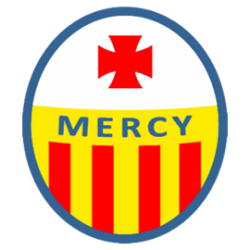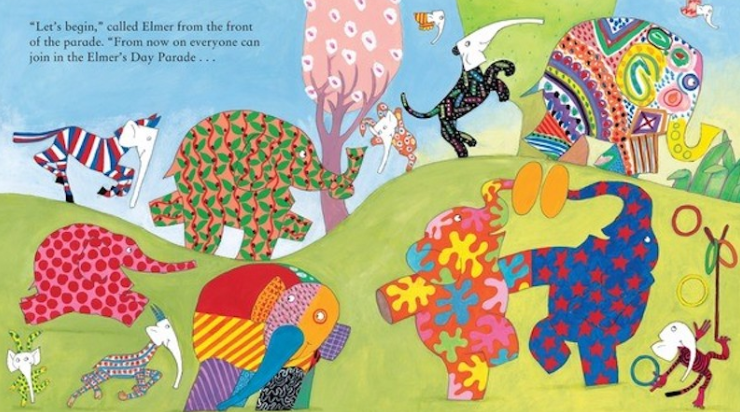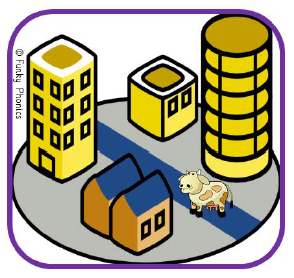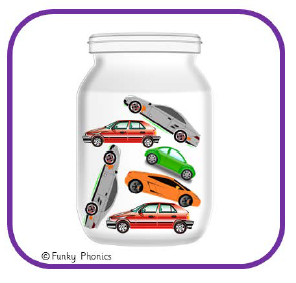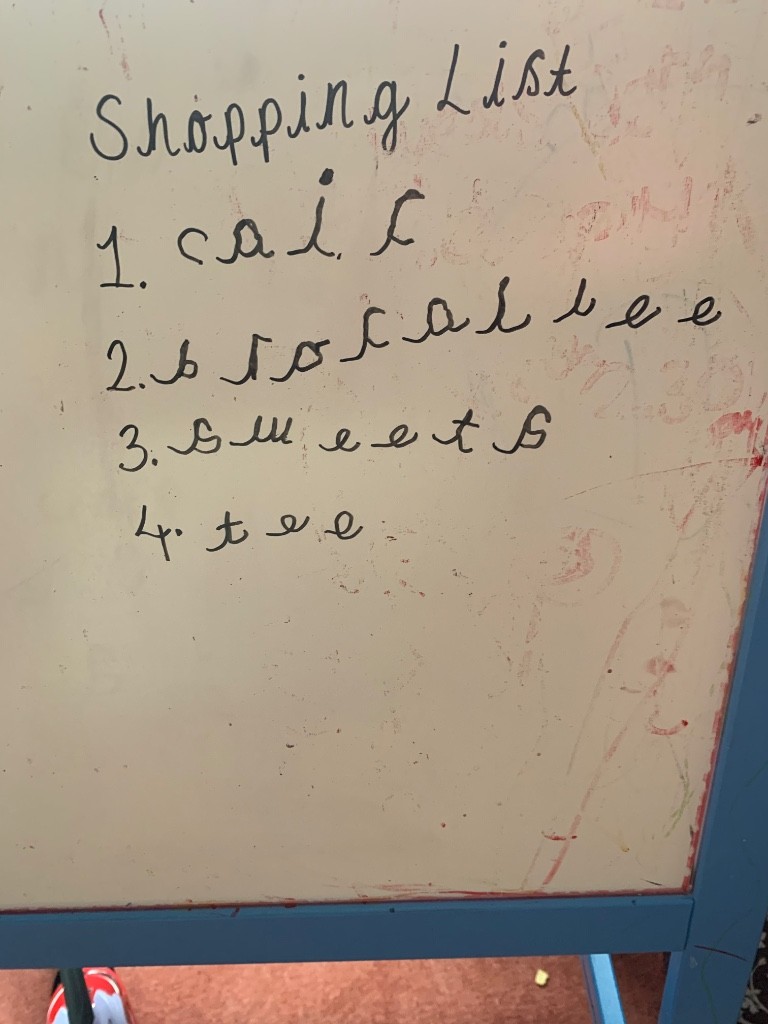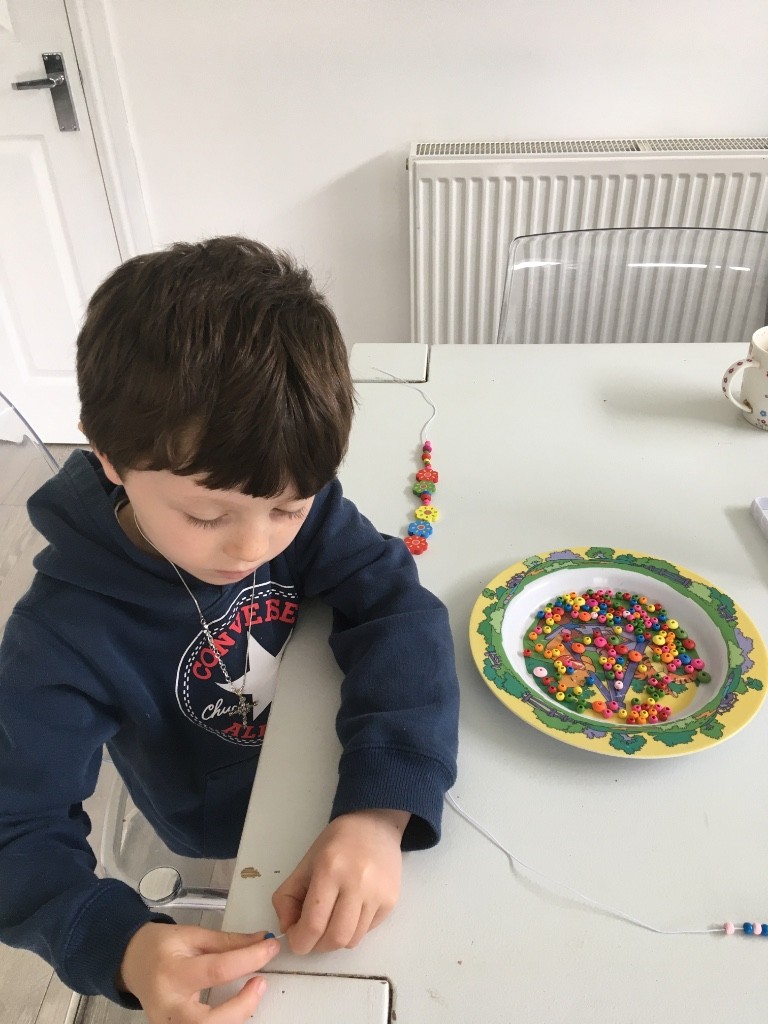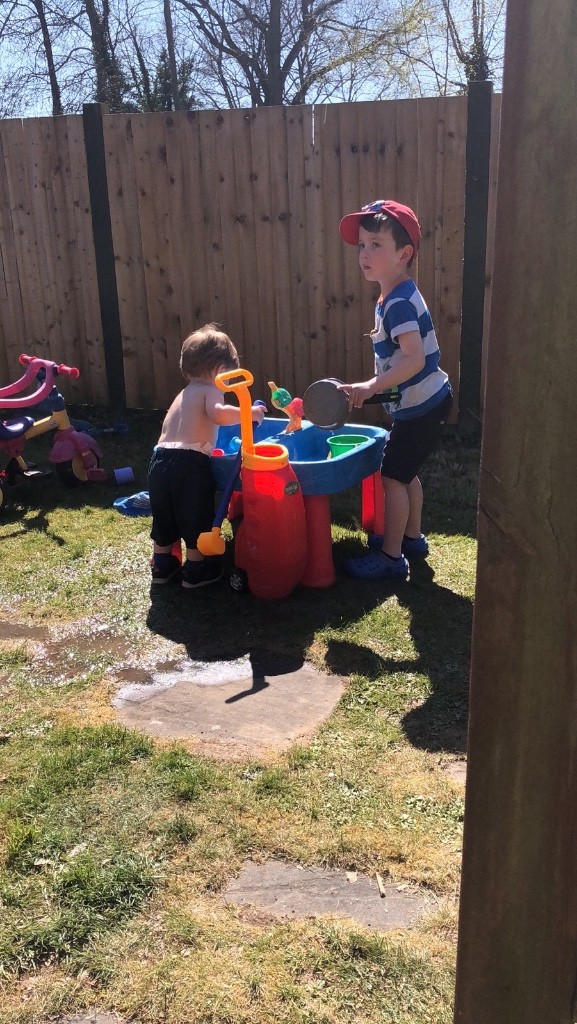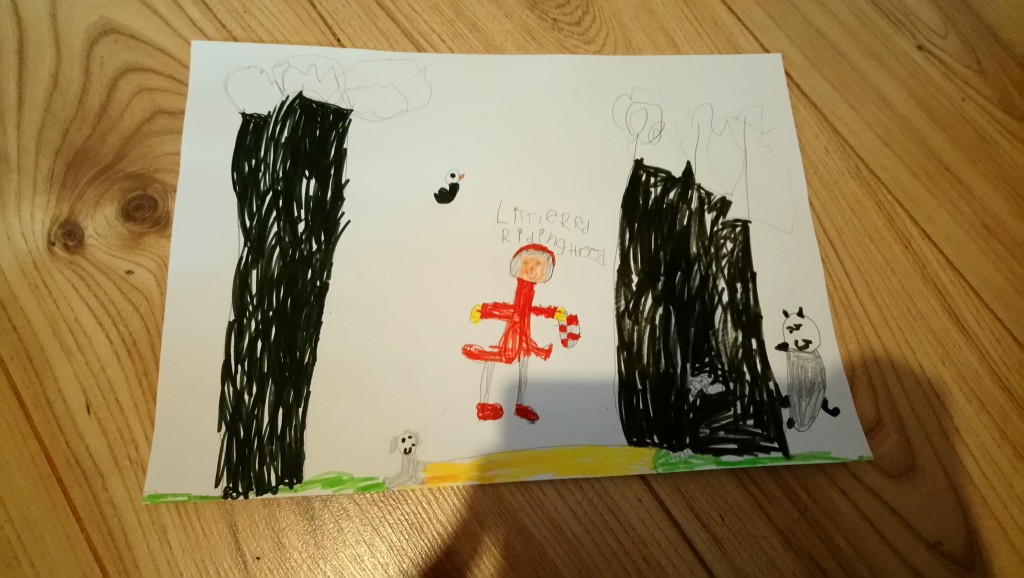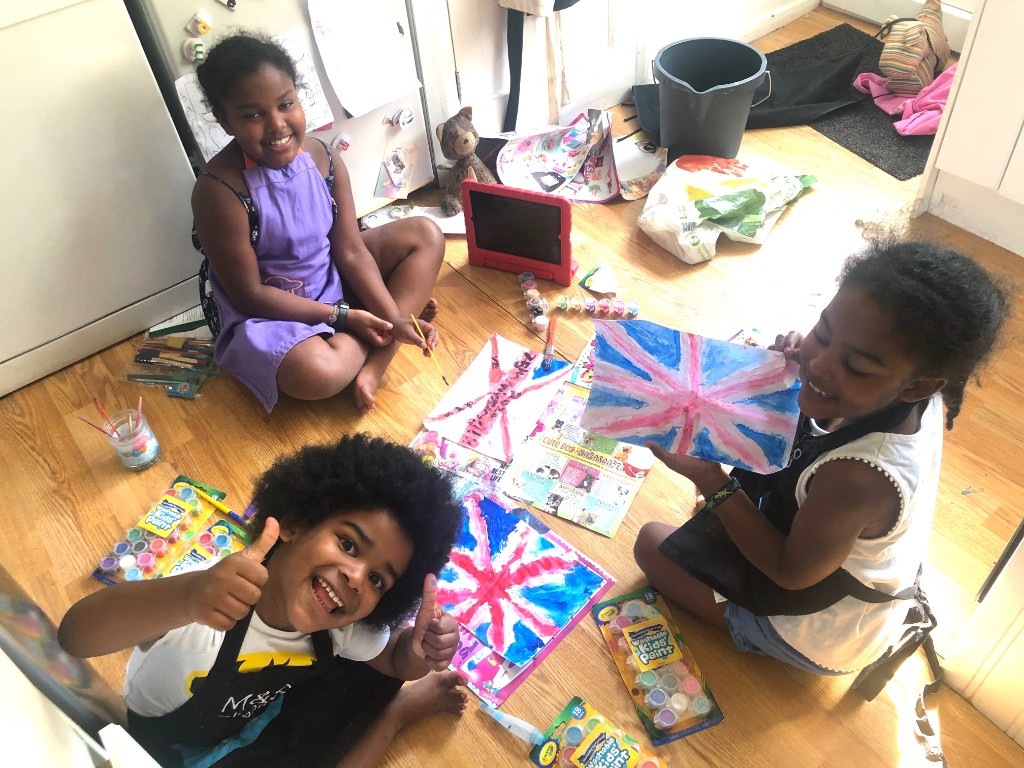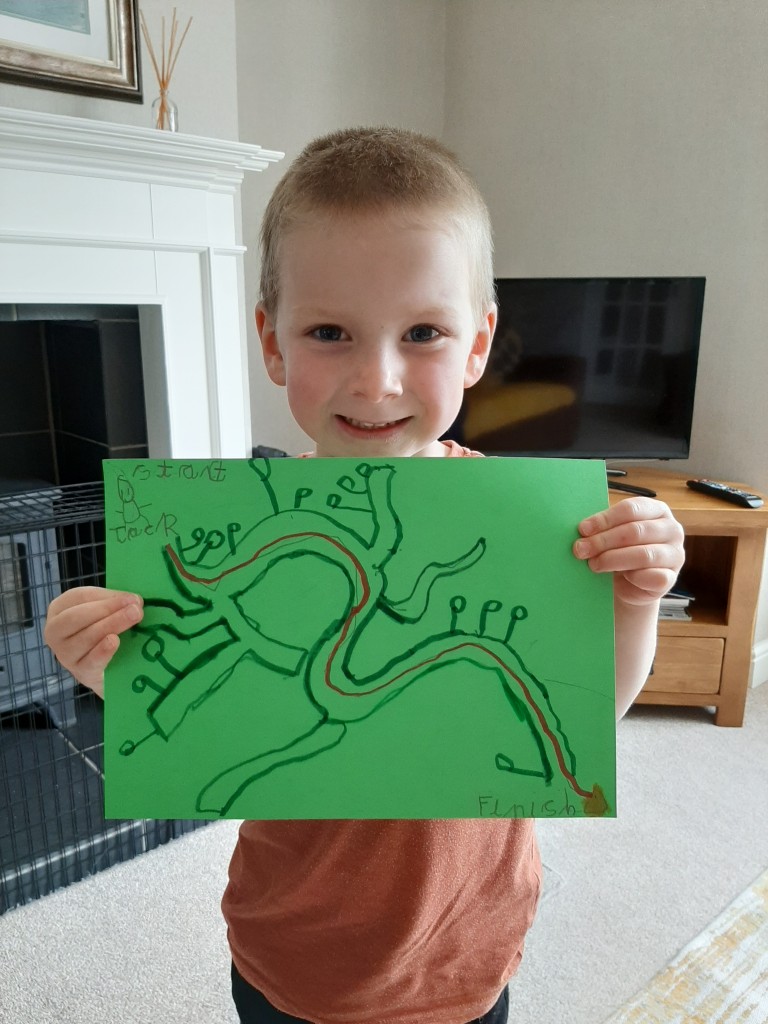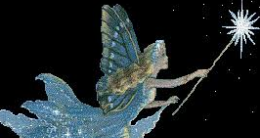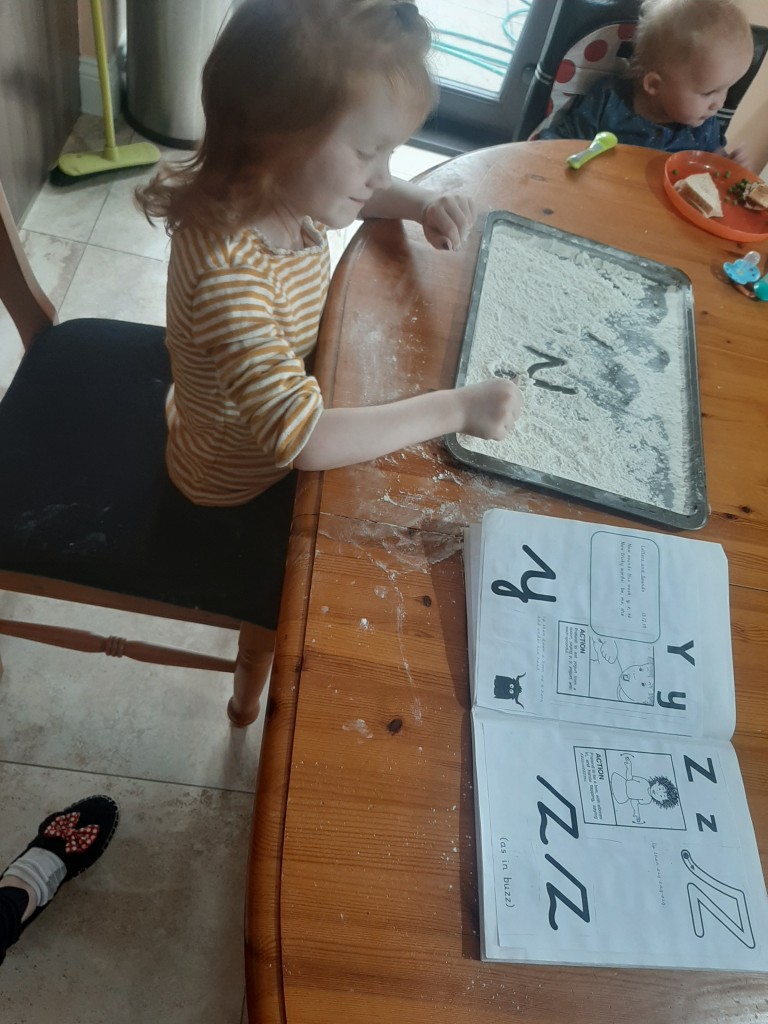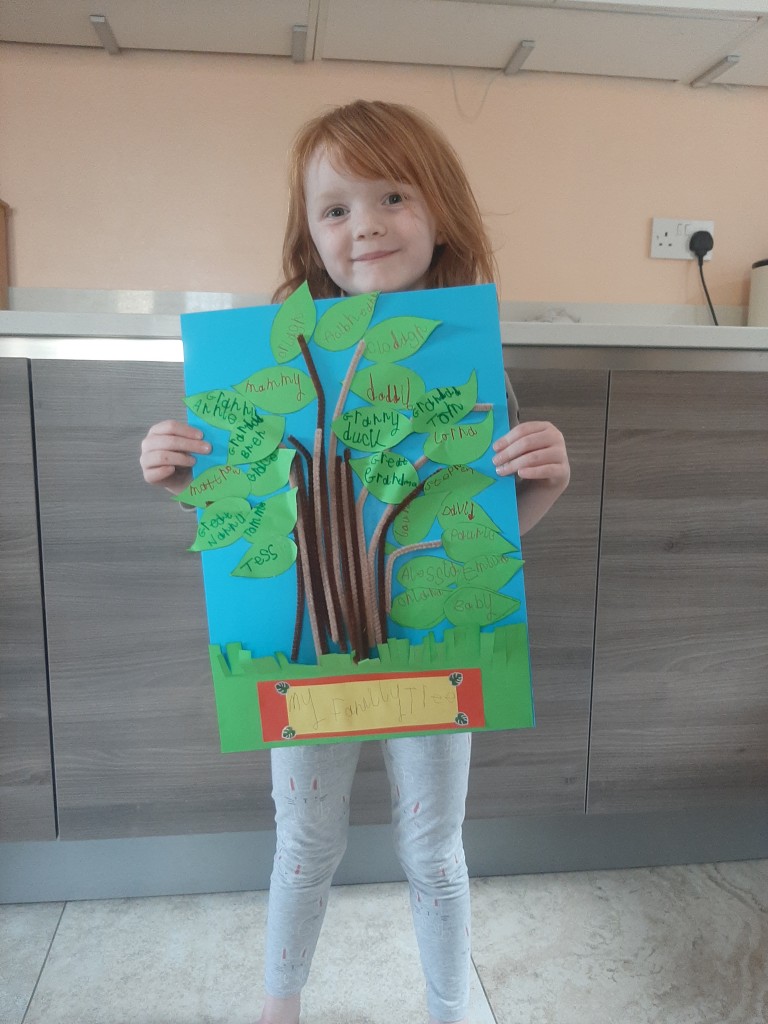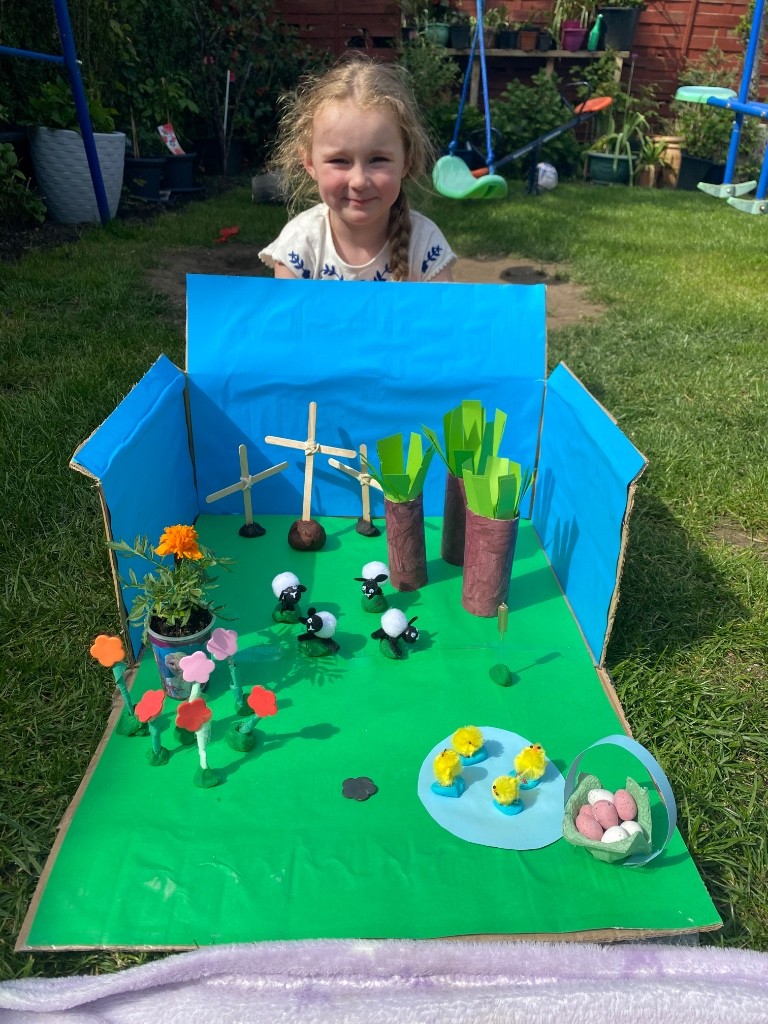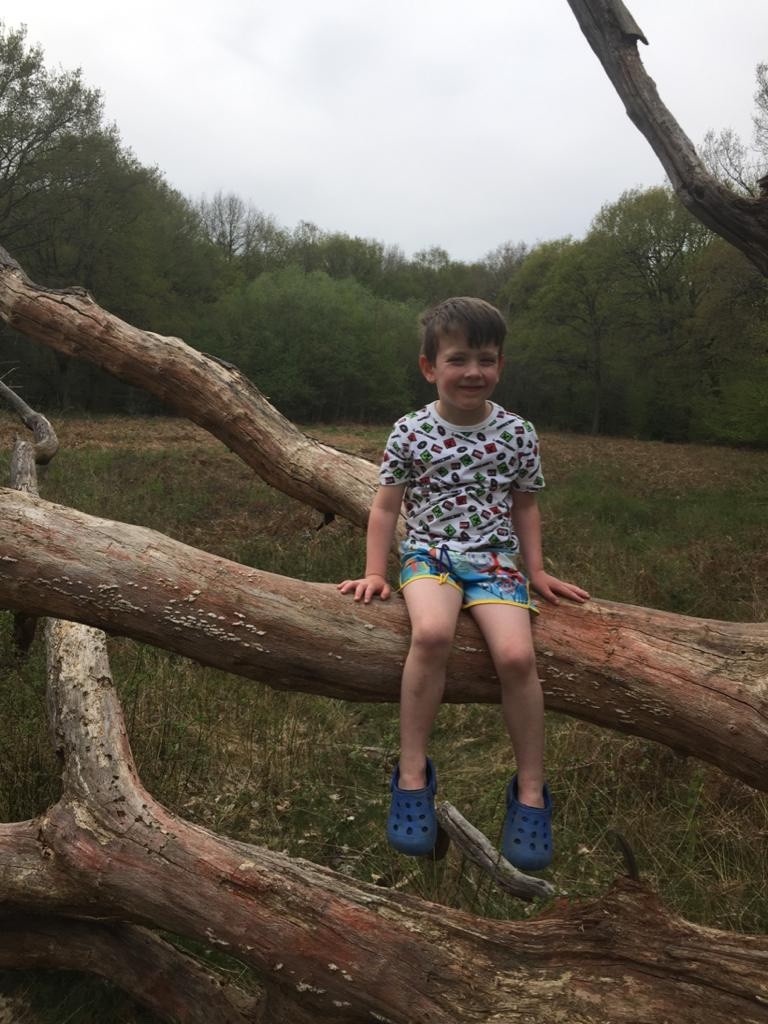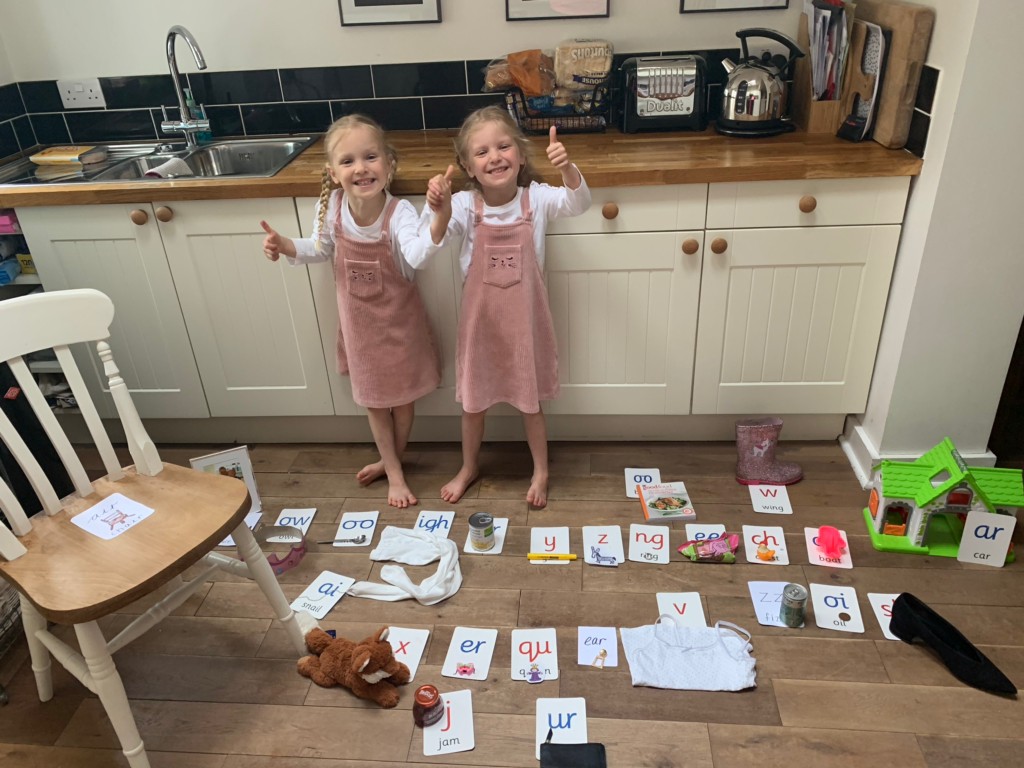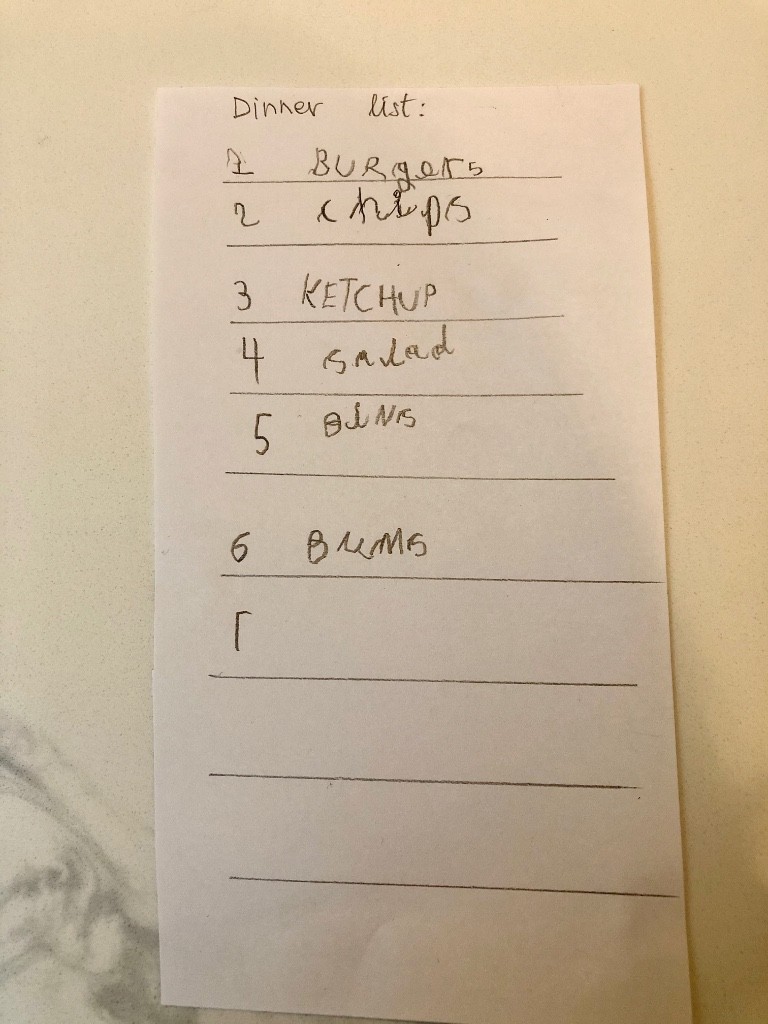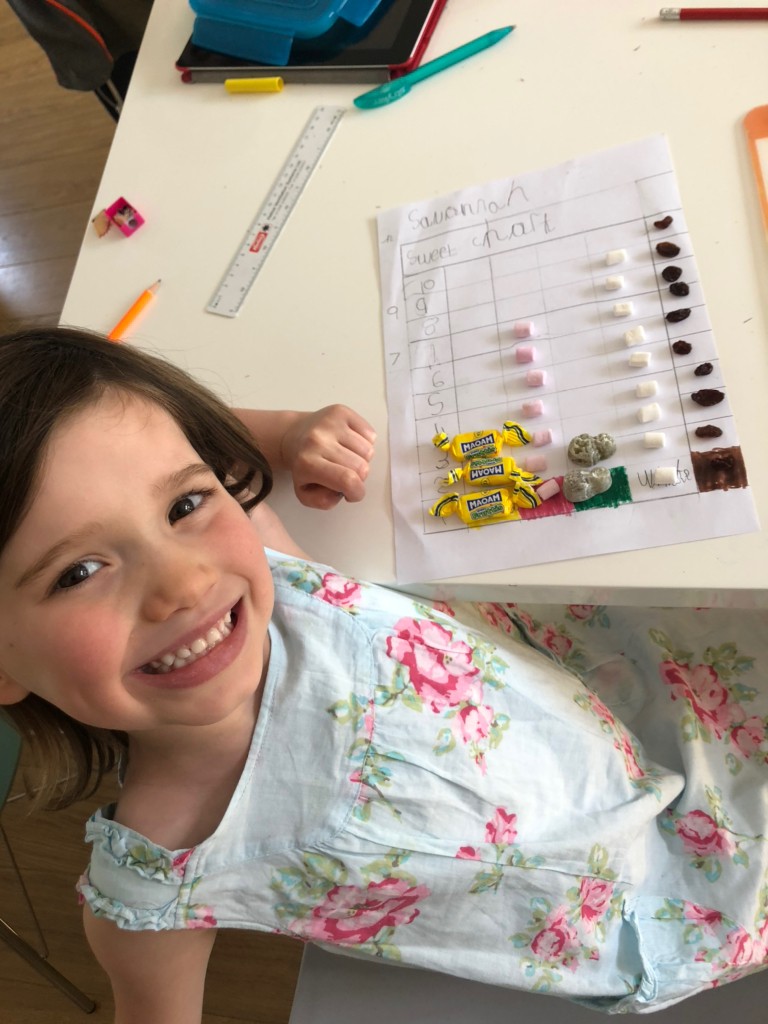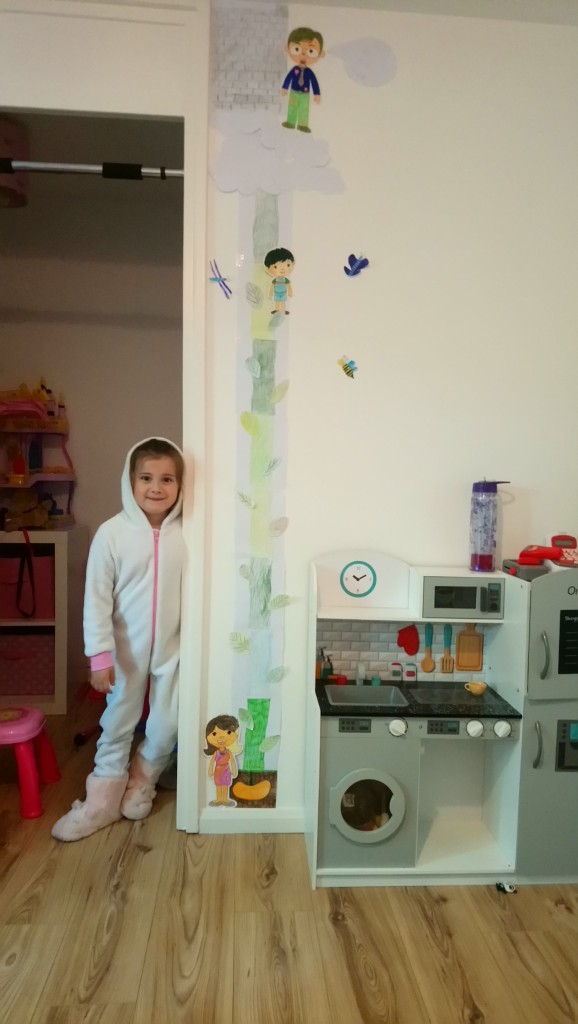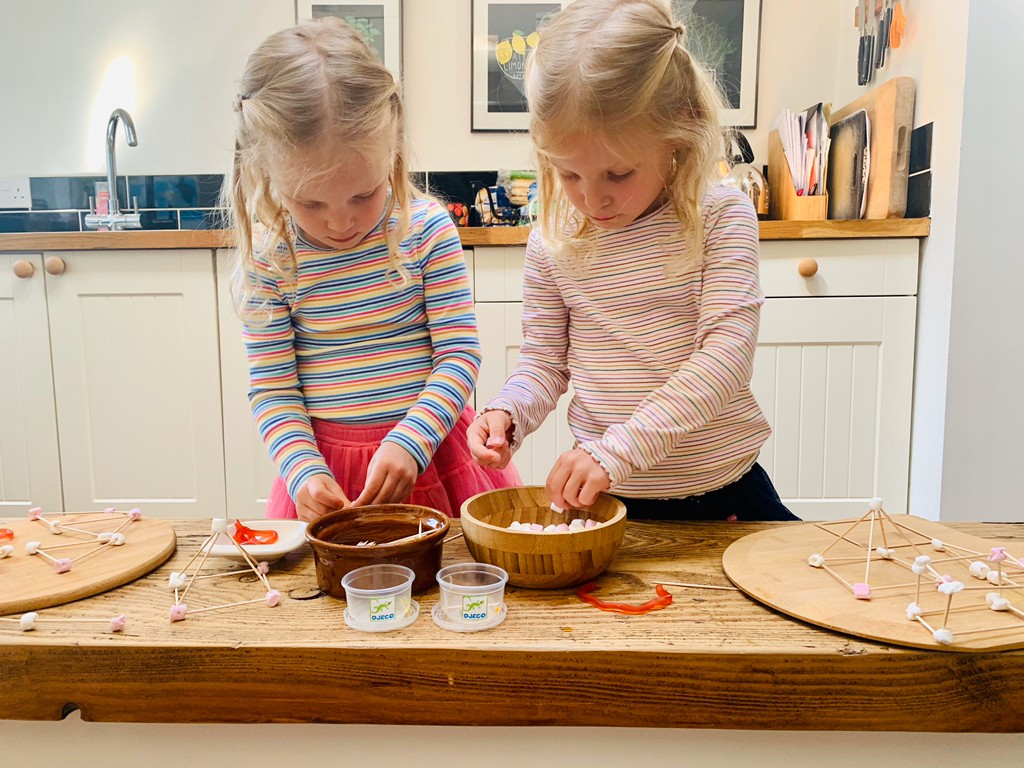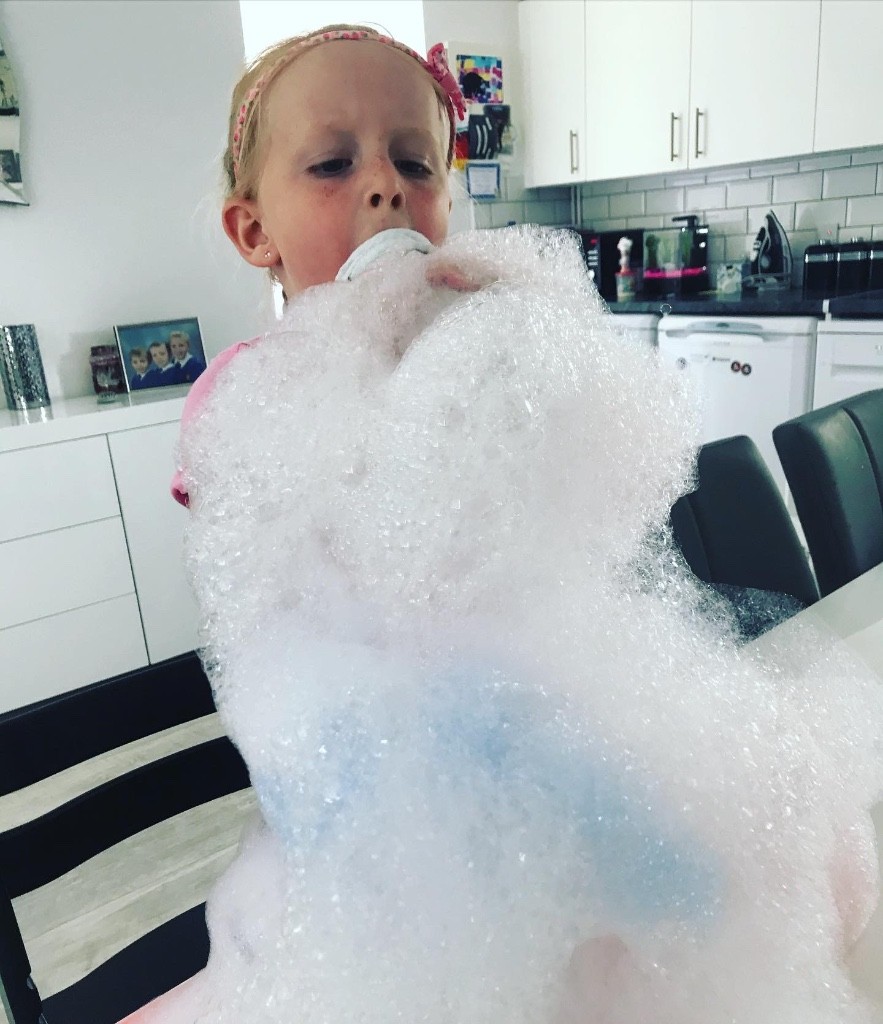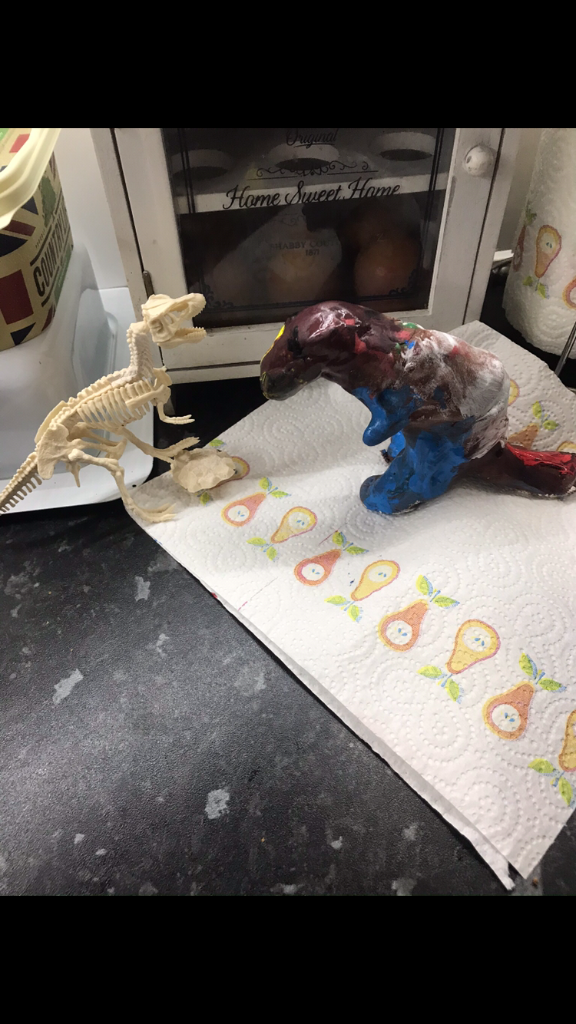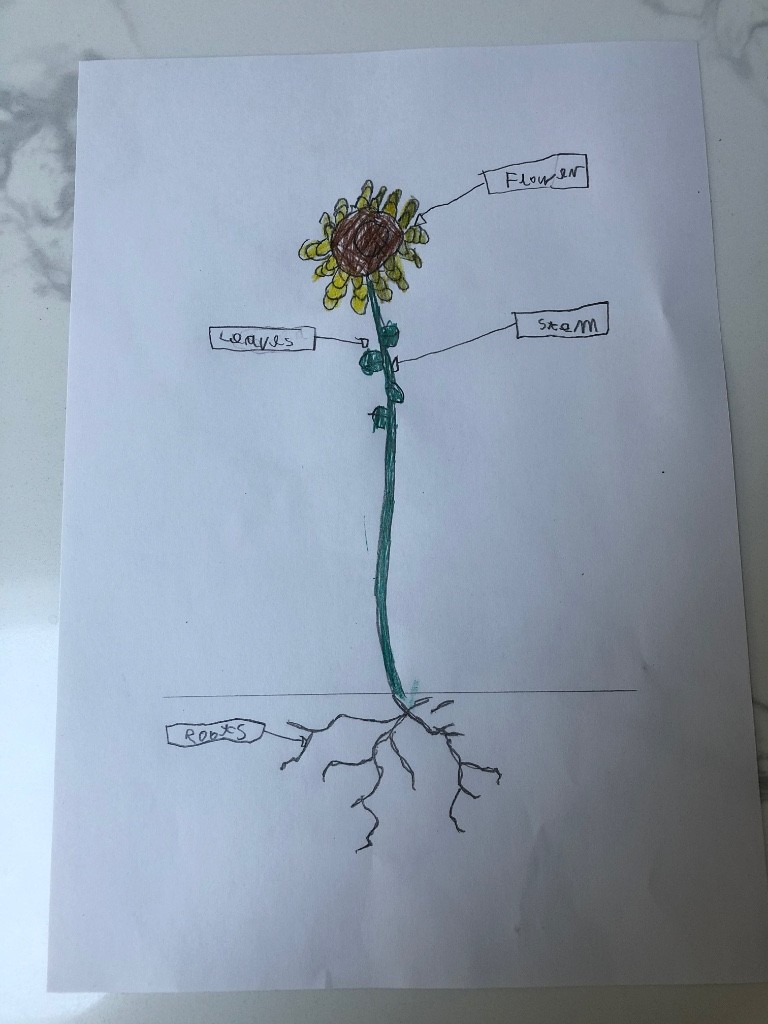Good morning everyone,
Thank you for your Tapestry observations. It’s good to know the children are enjoying this week’s story.
Personal, Social and Emotional Development
What makes you special?

During the story of Elmer the Patchwork Elephant, Elmer realises that he likes being unique and special.
- Talk to your child about your own interests and what is special about yourself.
- Ask your child – What makes you special? Are you very good at doing something? Are you kind, funny or helpful?
- Ask your child – Draw a picture of something that makes you special and unique.
Letters and Sounds
Encourage your child to write a sentence.
I am good at …….
As usual, encourage your child to use their sound mat for support and write the sounds he or she can hear and knows.
Maths
I hope your child enjoys this song ‘One Elephant Went Out to Play’.

Maths Challenge
Here’s another maths challenge about Elmer’s Day Party but with a focus on subtraction.
At the Elmer’s Day party, Elmer puts 8 cakes on a plate. His friends eat 3 cakes. How many cakes does he have left?
Adapt the numbers for support or to extend your child’s learning. For example, Elmer puts 5 cakes on a plate. His friends eat 2 cakes. How many cakes does he have left? Or Elmer puts 13 cakes on a plate. His friends eat 3 cakes. How many cakes does he have left?
Encourage your child to use objects eg. Lego bricks, to help work it out.
Religious Education
Pentecost

I hope you have been able to read our ‘Foundation Stage Religious Education’ blog about Pentecost posted yesterday.
To begin our Pentecost learning, please talk to your child about any good news they may have experienced. For example, their birthday, a video call from a member of their family or achieving a new skill. I feel like I’m hearing ‘good news’ stories every day on Tapestry. However, your child may like to tell me about something special via Tapestry.
Have a great day everyone.
Nicola Palmer

